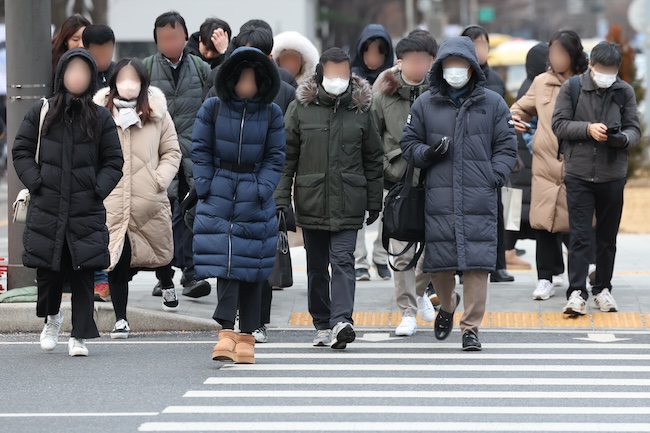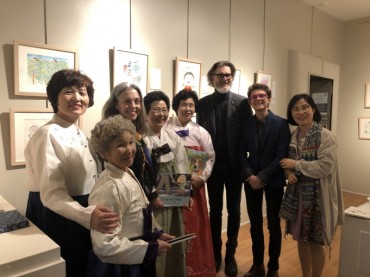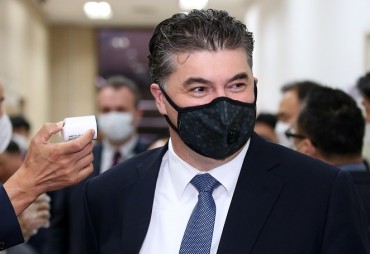
The cost of employing a single worker for a company has surpassed 6 million won per month. (Image courtesy of Yonhap)
SEOUL, Dec. 22 (Korea Bizwire) – According to a recent report, the cost of employing a single worker for a company has surpassed 6 million won per month.
The Ministry of Employment and Labor disclosed on Wednesday that the average monthly labor expense per worker at companies employing 10 or more such workers was 6.06 million won during the fiscal year 2022.
Labor costs encompass the total expenditure a company incurs in hiring workers, including direct costs like wages, bonuses, and performance-based pay, along with indirect costs such as retirement benefits, contributions to major insurance schemes, welfare, and expenses related to education and training.
Breaking down the data by industry, the finance and insurance sector recorded the highest labor costs at 11.98 million won per person per month, reflecting a 5.9% increase. Following closely were ‘electricity, gas, steam, and air conditioning supply’ at 9.64 million won (4.5%) and manufacturing at 6.84 million won (3.2%).
The industry with the most economical per capita labor cost was ‘business facility management, business support, and rental services’ at 3.14 million won, reflecting a 4.5% increase.
Analyzing the figures by company size, labor costs for companies with fewer than 300 employees saw a marginal 0.7% year-on-year increase to $4.83 million per month. In contrast, companies with over 300 employees experienced a significant 6.7% rise, reaching $7.68 million.
The data reveals that labor costs for businesses with fewer than 300 employees amounted to 63.5% of those for larger counterparts, indicating a widening gap compared to 2020 (70.3%) and 2021 (67.3%).
This divergence is attributed to a surge in the workforce in industries with lower labor costs, such as accommodation and food services and wholesale and retail trade, among businesses with fewer than 300 employees. Concurrently, labor costs increased in businesses with over 300 employees, primarily in the finance and insurance sector, according to the explanation provided by the Ministry of Employment and Labor.
M. H. Lee (mhlee@koreabizwire.com)






